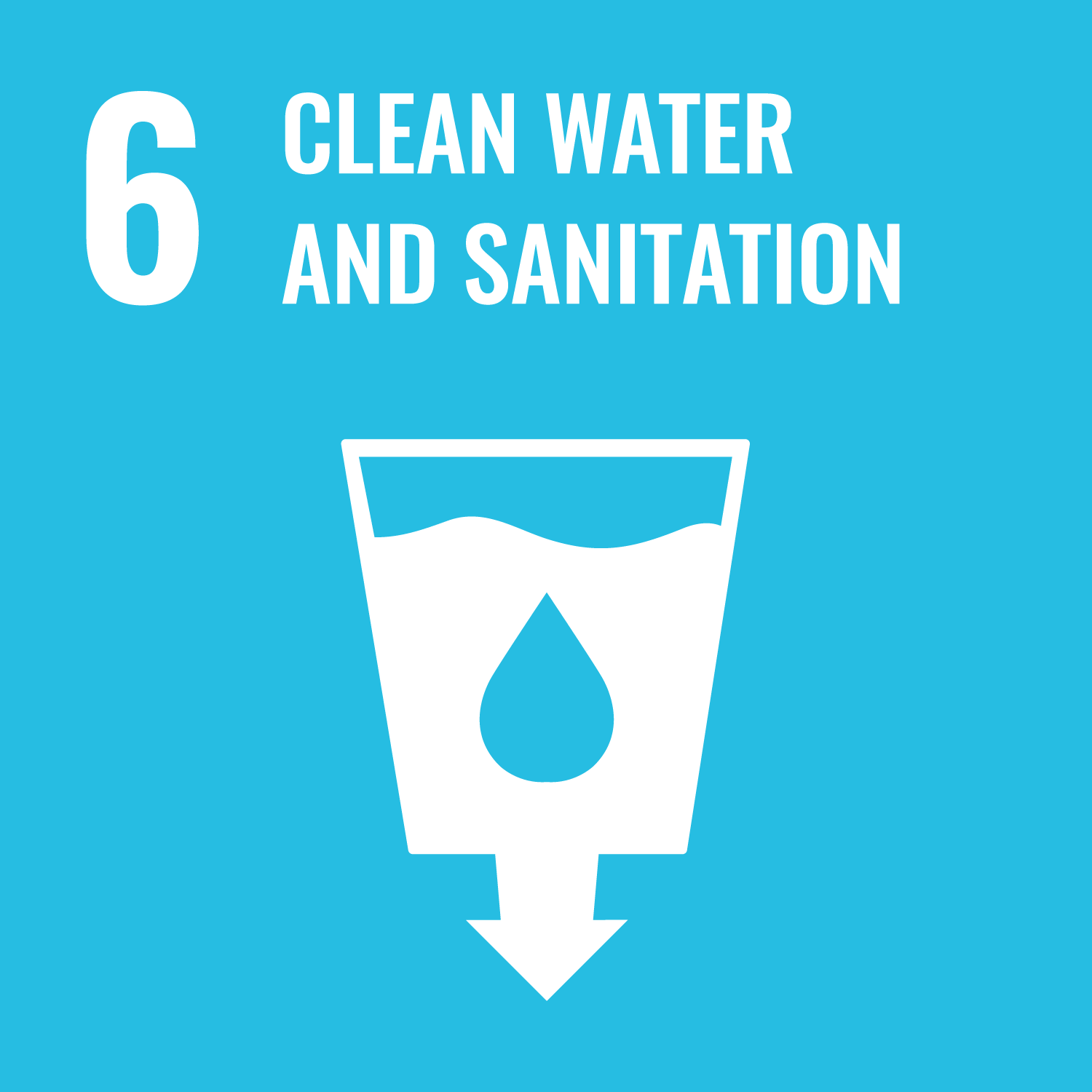ORCID
- Richard Preziosi: 0000-0003-0468-6655
Abstract
The shallow coral Madracis auretenra has an important role in the rich diversity of coral reef ecosystems found in the Caribbean Sea, providing habitat and support to different marine species. Improved understanding of the genetic structure of marine species in the region is needed for the design and management of marine reserves, which are usually created as a biodiversity conservation tool. In this study, seventeen new microsatellite markers were used to examine the population structure of M. auretenra through different areas in the Caribbean Sea (Guatemala, Colombia, Curacao and Barbados), analysing 313 samples from 18 localities. A significant differentiation and a clear clustering were found (k=11), indicating structure in the Caribbean sampled populations with high levels of inbreeding. A pattern of isolation by distance was present in all the localities but not identified in the stratified Mantel test, suggesting a major role of the physical barriers (e.g. currents, upwelling and rivers) in the genetic diversity distribution. Patterns of migration were found for Curacao, Barbados and some areas of Colombia. In contrast, some localities from Colombia (Varadero and Albuquerque) and Guatemala were identified as isolated. The population structure identified here highlights the importance of careful design and monitoring of marine reserves in the region and will help to guide further ecological analysis of shallow Caribbean coral formations.
DOI Link
Publication Date
2022-10-04
Publication Title
Frontiers in Marine Science
Volume
9
Acceptance Date
2022-09-14
Deposit Date
2022-10-28
Embargo Period
2022-10-29
Recommended Citation
Ballesteros-Contreras, D., Barrios, L., & Preziosi, R. (2022) 'Population structure of the shallow coral Madracis auretenra in the Caribbean Sea', Frontiers in Marine Science, 9. Available at: 10.3389/fmars.2022.840730



